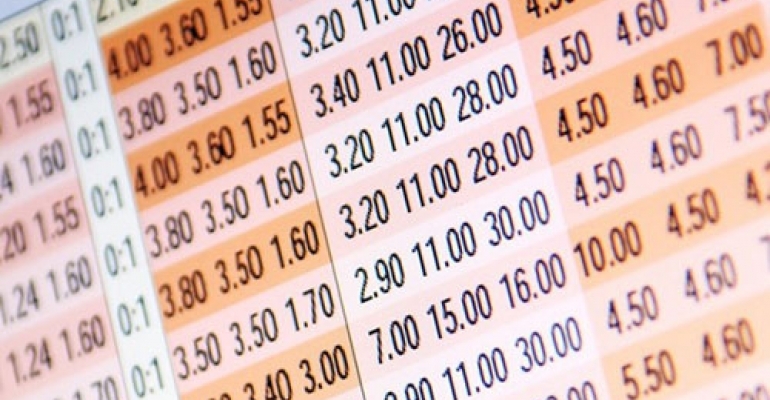Margins are an important aspect of sports betting because they determine the profitability of the bookmaker. The margin is essentially the amount by which the odds are skewed in the bookmaker’s favor, and it represents the bookmaker’s profit margin on a particular market. The higher the margin, the less favorable the odds are for the bettor, and the more money the bookmaker expects to make from that market.

In soccer betting, the margin refers to the amount that the bookmaker adds to the betting odds to ensure that they make a profit. The margin is calculated by taking the inverse of the odds and adding them together. Here’s an example of how to calculate the margin:
Let’s say you are betting on a soccer match between Team A and Team B. The bookmaker has set the following odds:
- Team A to win: 2.50
- Draw: 3.00
- Team B to win: 2.80
To calculate the margin, you first need to take the inverse of each of the odds. The formula for the inverse of an odds is 1/odds. So for the above odds, the inverses are:
- Team A to win: 1/2.50 = 0.40
- Draw: 1/3.00 = 0.33
- Team B to win: 1/2.80 = 0.36
Next, add up the inverse odds to get the total margin:
0.40 + 0.33 + 0.36 = 1.09
Finally, divide 1 by the total margin to get the margin as a percentage:
1/1.09 = 0.9174, or approximately 91.74%
So the bookmaker’s margin on this set of odds is approximately 91.74%. This means that for every $1 bet, the bookmaker expects to make a profit of 9.74 cents on average.



